![A retrospective study shows that [177Lu]Lu-PSMA-617 retreatment led to a median OS of 14.5 months in castration-resistant prostate cancer.](https://cdn.sanity.io/images/0vv8moc6/cancernetwork/f5ef402e3456a83ca4765506f26761d323734d14-446x339.jpg?w=350&fit=crop&auto=format)
Results from a retrospective study show that 177Lu-PSMA-617 retreatment led to a median OS of 14.5 months in castration-resistant prostate cancer.

Your AI-Trained Oncology Knowledge Connection!

![A retrospective study shows that [177Lu]Lu-PSMA-617 retreatment led to a median OS of 14.5 months in castration-resistant prostate cancer.](https://cdn.sanity.io/images/0vv8moc6/cancernetwork/f5ef402e3456a83ca4765506f26761d323734d14-446x339.jpg?w=350&fit=crop&auto=format)
Results from a retrospective study show that 177Lu-PSMA-617 retreatment led to a median OS of 14.5 months in castration-resistant prostate cancer.

Investigators will submit detailed results from the phase 3 STELLAR-303 trial for presentation at a future medical conference.

Data from the phase 3 CABINET trial support the CHMP’s positive opinion of cabozantinib in well-differentiated extrapancreatic or pancreatic NETs.

Stephen Liu, MD; and Joshua Sabari, MD, discuss the most intriguing non–small cell lung cancer and small cell lung cancer breakthroughs from the meeting.

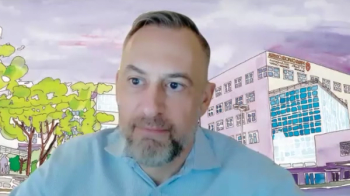
Patients with recurrent glioblastoma who had an absorbed dose of greater than 100 Gy with rhenium obisbemeda had a median overall survival of 17 months.

Subgroup analyses from the phase 3 CheckMate649 and KEYNOTE-859 clinical trials showed little OS difference between investigational and chemotherapy arms.

Efficacy with etentamig was comparable across prespecified subgroups with relapsed/refractory multiple myeloma, suggesting broad therapeutic benefit.

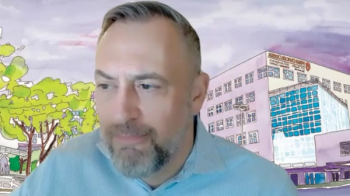
According to Andrew Brenner, MD, PhD, rhenium obisbemeda can be detected via SPECT imaging and aids in the care of patients with glioblastoma.
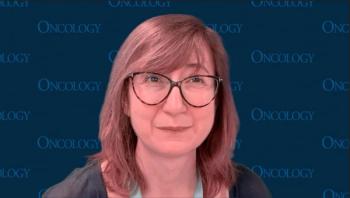
Current findings from the phase 1/2 CaDAnCe-101 trial show no predictive factors of improved responses with BGB-16673 in patients with CLL or SLL.

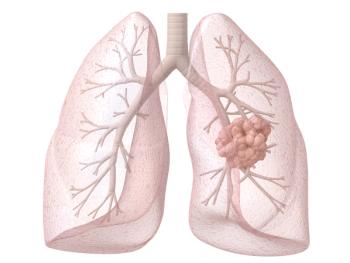
Data from the phase 3 GEMSTONE-302 trial support sugemalimab plus chemotherapy as a frontline treatment option in metastatic non–small cell lung cancer.


Breast oncologist Jade E. Jones, MD, says she tries to send patients with HR-positive BRCA-mutant TNBC to clinical trials that use PARP inhibitors.

Aspirin led to a median disease-free survival of 1.16 years vs 1.35 years with placebo in patients with colorectal cancer liver metastases.

According to Benjamin Golas, MD, PIPAC is emerging as minimally invasive laparoscopic approach for patients with peritoneal carcinomatosis.

Results from the phase 3 DeFi trial showed superior progression-free survival with nirogacestat vs placebo in patients with progressing desmoid tumors.

Experts discuss shifting preferences in EGFR-mutated NSCLC treatments, highlighting new survival data from the FLAURA2 and MARIPOSA trials shared at ELCC 2025.

Following progression on a CDK4/6 inhibitor, ascertaining the endocrine sensitivity of HR-positive/HER2-negative disease may inform sequential treatment.
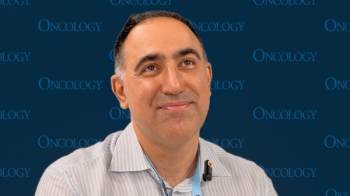
Multiple mutations and gene alterations make targeted therapy development more difficult for patients with AML, according to Amir Fathi, MD.


Experts discuss innovative treatments for extensive-stage small cell lung cancer, highlighting tarlatamab's potential and management of adverse effects.

BGB-16673 antitumor activity occurred particularly among patients with BTK-resistant mutations and those with disease refractory to prior cBTK and ncBTK inhibition.

Mezigdomide with dexamethasone and bortezomib or carfilzomib led to a median PFS exceeding 1 year across 3 cohorts in those with relapsed/refractory MM.

First-line systemic therapy plus radiation therapy improved PFS vs second-line systemic therapy with or without radiation in hepatocellular carcinoma.

T-DXd improved progression-free survival over standard chemotherapy among patients with HR-positive breast cancer/triple-negative breast cancer in DESTINY-Breast04.

Data from the 2025 EHA Congress show developments in novel therapeutic strategies across different multiple myeloma, leukemia, and lymphoma populations.


Read about various aspects of career trajectories in oncology from the perspective of established clinicians, new attendings, and those waiting to sit for their medical board exams.